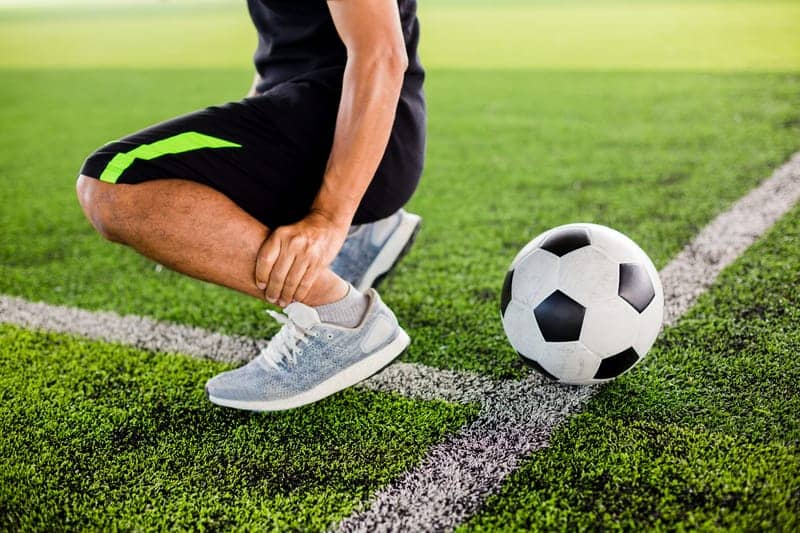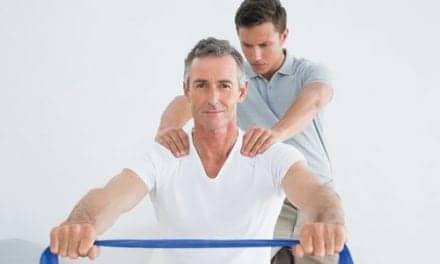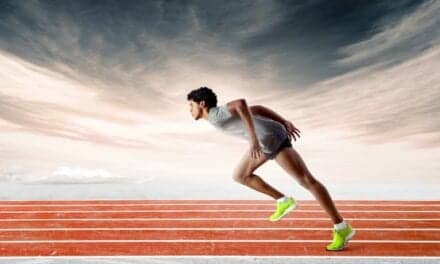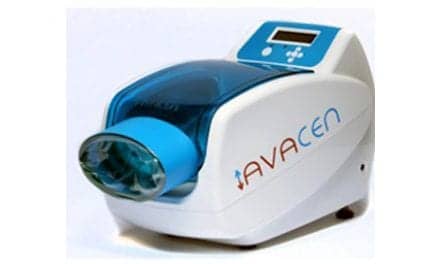Athletes may have an increased rate of foot and ankle injuries when playing on artificial turf compared with natural grass, according to results of a systematic literature review presented at the American Academy of Orthopaedic Surgeons Annual Meeting in Chicago.
“There may be an increased rate of injury in foot and ankle across the board on artificial turf, and that is taking all comers across all sports. We did find, as well, there seemed to be increased rates of overall injury and knee injury on artificial turf, for football specifically, but that did not apply to soccer and other sports that were examined,” Heath P. Gould, MD, of Medstar Orthopaedic Institute, said.
Gould and colleagues studied trends in the risk of lower extremity injury for athletes playing on artificial turf and natural grass playing surfaces as shown in the published literature. According to PRISMA guidelines, the researchers found 1,432 abstracts, of which 53 articles published from 1972 to 2020 met the study inclusion criteria. They excluded studies missing overall injury rates or lower extremity injury rates.
For overall injury, researchers identified 32 articles, of which 17 showed no differences between artificial turf and natural grass. Twelve studies showed higher injury rates for turf and three reported higher injury rates for grass. Overall, 13 of 18 articles on new-generation turf showed no difference in overall injury rates between the playing surfaces. Additionally, five of nine articles that studied American football reported a higher injury rate on artificial turf, and 11 of 17 articles showed no difference in soccer. Three articles reported higher injury rates on grass, however, the studies were funded by the turf industry.
For the 25 articles found on foot and ankle injuries, 12 showed higher injury rates on artificial turf, with 10 studies showing no difference. Three studies showed higher injury rates on natural grass, however, Gould said two of the studies received funding from the artificial turf industry. Additionally, researchers found nine articles that examined new-generation artificial turf reported a higher injury rate for turf.
For the 32 articles found on knee injuries, 19 studies found no difference between surfaces, with eight showing a higher injury rate on artificial turf and five had a higher injury rate on natural grass. Overall, 14 of 19 articles that examined next-generation turf reported no difference. Eight of 14 articles that examined American football reported higher injury rates on artificial turf, and 14 of 16 articles reported no difference in injury rates for soccer players. Gould said they did not find any bias on industry-supplied studies.
For 13 articles found on hip injury, 11 studies showed no difference between playing surfaces, and two showed higher injury rates on grass compared with turf, although one article was funded by the turf industry.
“We felt that many studies that reported higher injury rates on natural grass did declare funding from the turf industry, so we need to be very smart as consumers of this literature in terms of how we interpret the data to not extrapolate the wrong conclusions to our practices,” he says.
[Source: Healio Orthopedics]





